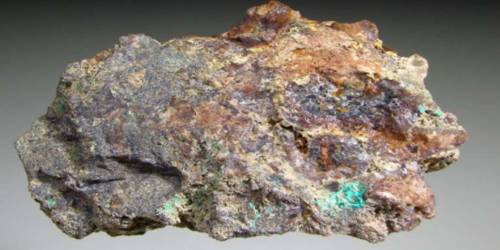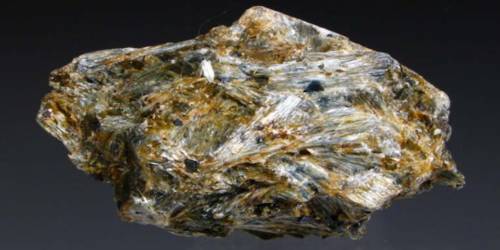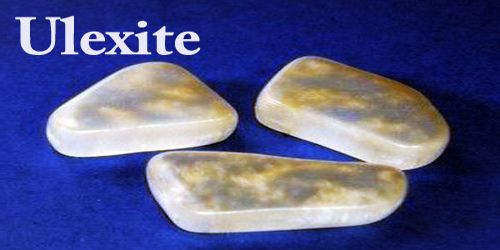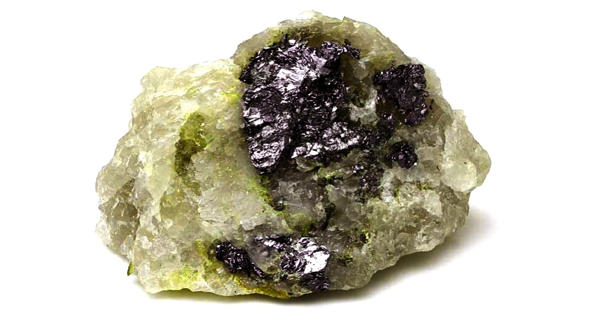Bismutite or bismuthite is a bismuth carbonate mineral with formula Bi2(CO3)O2 (bismuth subcarbonate). It was named in allusion to the bismuth in its composition. It is a bismuth carbonate mineral. It was first described in 1841 as an occurrence in Saxony. The term bismuthite has been used in the past for bismuthinite.
General Information
- Category: Carbonate mineral
- Formula: Bi2(CO3)O2
- Crystal system: Orthorhombic
- Crystal class: Pyramidal (mm2) (same H-M symbol).
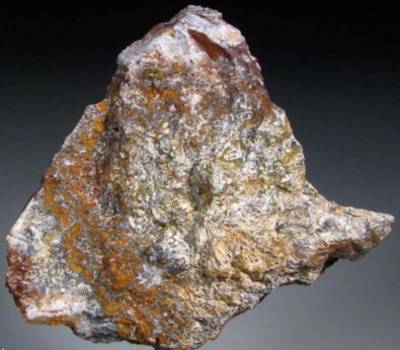
Properties
Bismutite can be identified in the field by its color variations, such as brown, brownish-yellow, green, gray, and yellow. Its transparent to translucent form has {001} distinct cleavage. This mineral has a vitreous – pearly luster, with a gray streak.
The density of bismutite is 7 g/cm3, with a hardness of 4 – approximate to fluorite.
- Color: Yellow to brown, greenish, green-grey, grey or black
- Crystal habit: Very rare as platy crystals; typically radially fibrous to spheroidal, in crusts and earthy to dense massive aggregates
- Cleavage: Distinct/Good on {001} (microscopically observable)
- Mohs scale hardness: 2.5 – 3.5
- Luster: Vitreous, waxy, may be dull to earthy
- Streak: Grey
- Diaphaneity: Opaque to transparent in small grains
- Specific gravity: 6.7 – 7.4 measured, 8.15 calculated
Occurrence
Bismutite occurs as a relatively common alteration product of other bismuth-bearing minerals in hydrothermal mineral deposits, and granite pegmatites. It occurs as an oxidation product of other bismuth minerals such as bismuthinite and native bismuth in hydrothermal veins and pegmatites. It crystallizes in the orthorhombic system and typically occurs as earthy to fibrous masses.
It is often associated with minerals such as bismuth, bismuthinite, tetradymite, and many other bismuth-bearing minerals.
Information Source:
